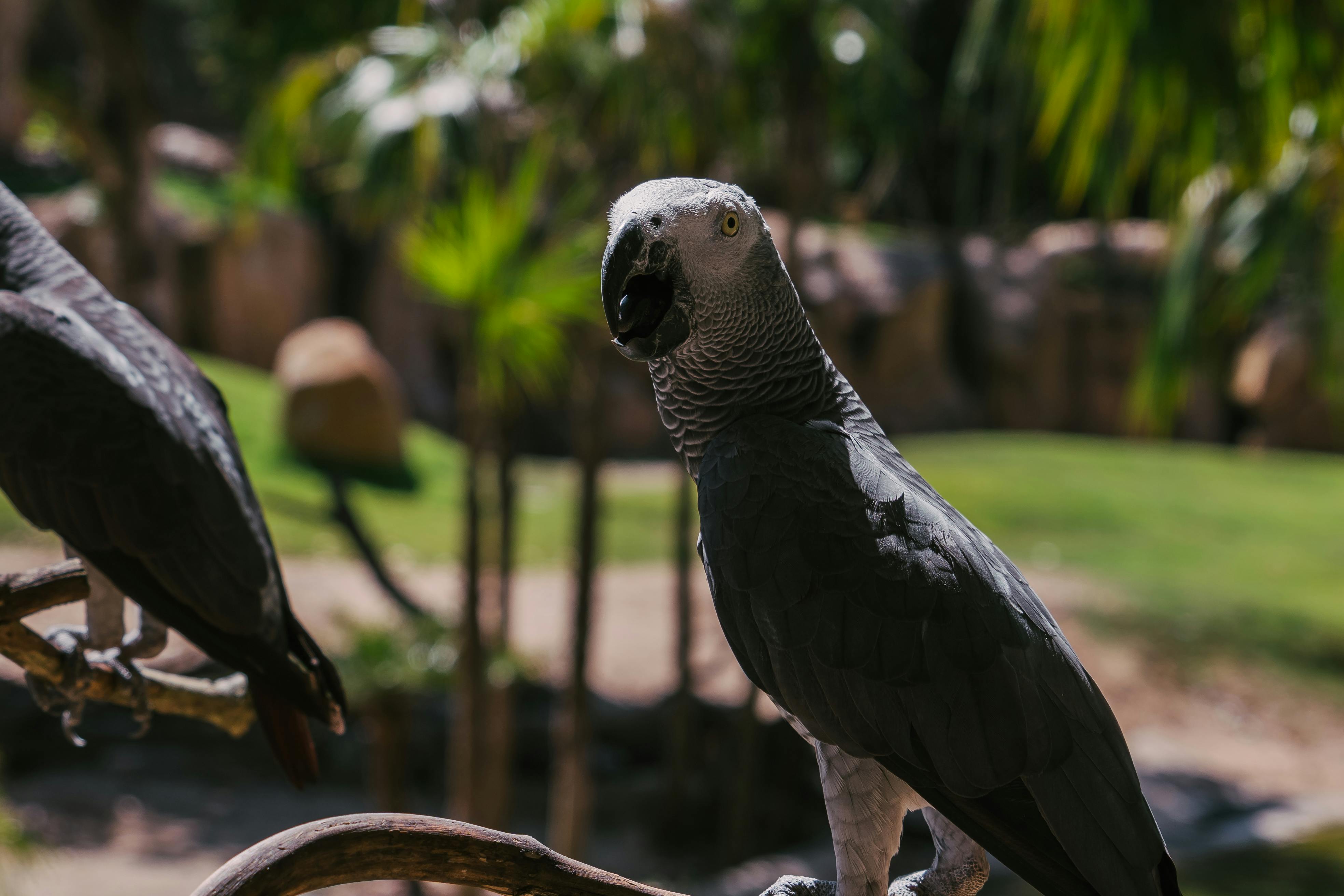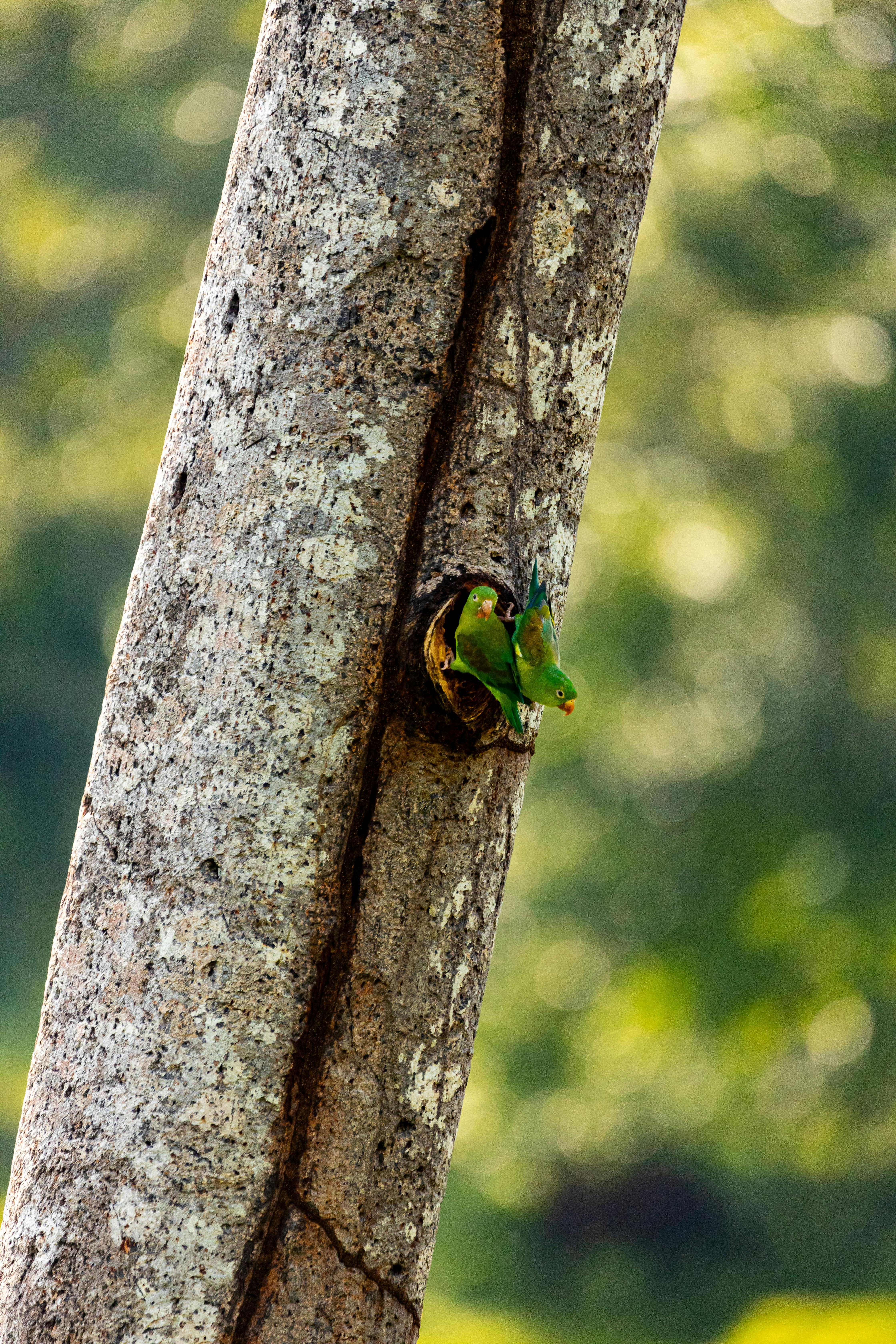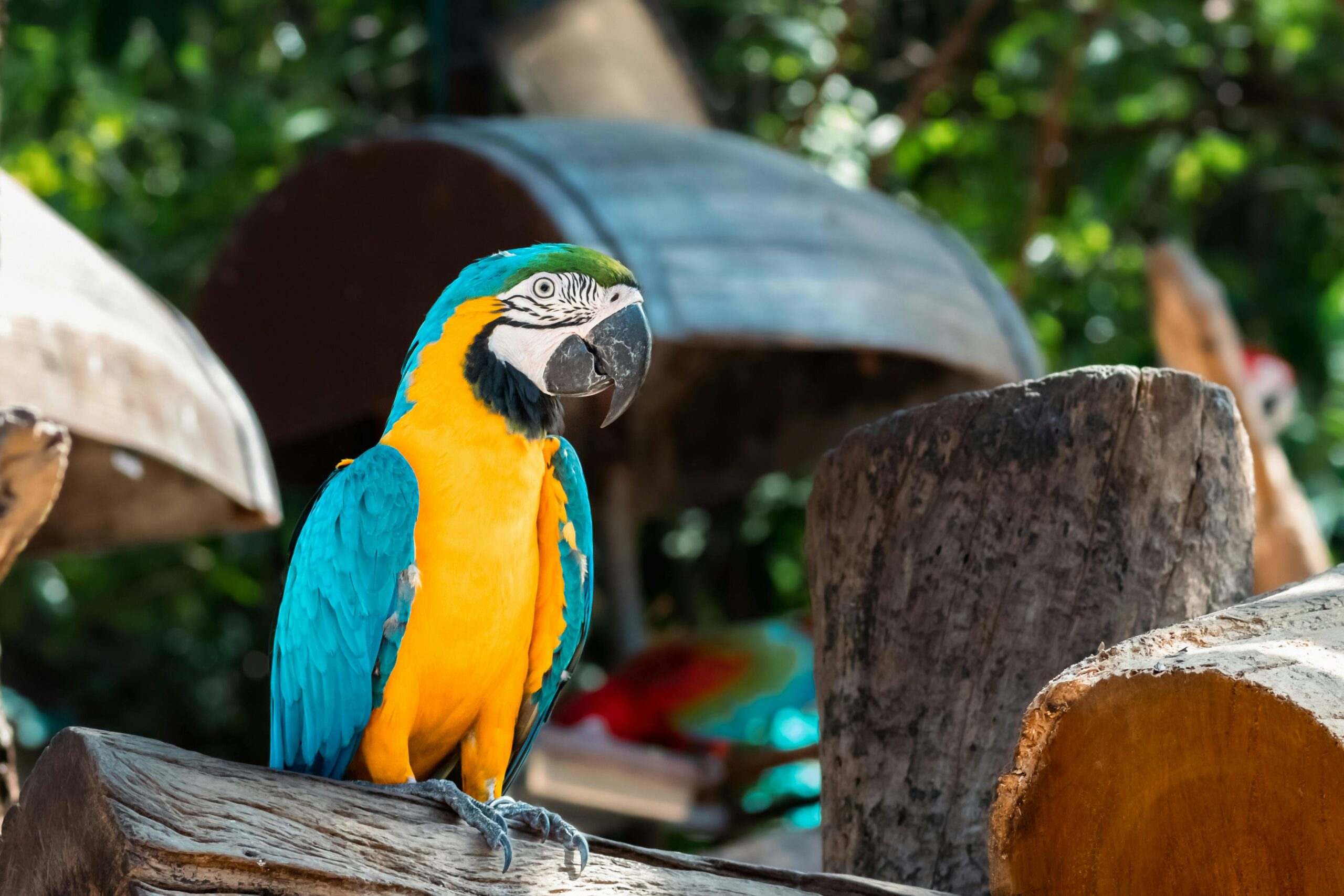Essential Guide to Parrot Habitat: Explore the Best Environments for 2025
Understanding the diverse habitats of parrots is crucial for their conservation and well-being. These colorful birds thrive in various environments, each offering unique characteristics and resources that cater to their specific needs. From tropical rainforests to arid deserts, the types of parrot habitats around the world contribute significantly to their survival, as they provide food, nesting sites, and protection. This article will delve into the numerous types of parrot habitats, the ecological importance of these environments, and the conservation efforts necessary to preserve them for future generations.
Parrots are adaptable creatures known for their intelligence and social behavior. Their habitats play a vital role in shaping their interactions and lifestyles. As we explore parrot living environments, we will discuss the challenges these species face due to habitat destruction, climate change, and urban development. Additionally, we will provide insights into effective habitat management strategies to protect these avian wonders.
This comprehensive guide covers various aspects of parrot habitats, drawing from research and conservation efforts focused on these remarkable birds. By understanding their preferred environments, we can implement better conservation strategies and foster community involvement in protecting their ecosystems. Let’s embark on this journey to explore parrot habitats that not only support their diverse behaviors but also contribute to the overall health of our planet.

Understanding the Types of Parrot Habitats
Building on the importance of habitat in understanding parrot ecology, it is essential to categorize the different types of parrot habitats. Various environments across the globe serve as homes for parrots, and recognizing these habitats can help in their conservation. Each habitat has distinct characteristics that influence the behavior and survival of its residents.
Forest Habitats for Parrots
Forest habitats are among the most critical environments for parrot species around the world, particularly in tropical regions. These lush ecosystems are characterized by dense vegetation, providing shelter, food sources, and breeding grounds for parrots. Notably, tropical rainforest habitats harbor several endangered parrot species, making their preservation crucial.
Trees in forest habitats offer essential resources like fruits, seeds, and flowers, which make up a major part of a parrot’s diet. Furthermore, the complex layering of forest vegetation allows parrots to adapt their foraging techniques and nesting behaviors. This habitat type is also rich in biodiversity, enabling mutualistic relationships among various species.
However, forest habitats face significant threats through deforestation and logging activities, leading to habitat loss and fragmentation. Awareness campaigns and conservation efforts are essential to address these challenges and promote the sustainable management of these crucial environments.
Tropical Habitats for Parrots
Tropical habitats are characterized by warm temperatures and high humidity, ensuring a rich array of plant and animal life. Parrots are primarily found in these environments due to the abundance of food resources. Major tropical regions include Central America, parts of Africa, and the Asian tropics, where various parrot species thrive.
In these habitats, the importance of vegetation cannot be overstated, as it provides not only food but also suitable nesting sites. For example, the African Grey Parrot is known to inhabit tropical climates rich in fruit-bearing trees, which serve as a primary food source. Protecting these habitats is vital to maintain the ecological balance and support parrot species diversity.
Arid Habitats for Parrots
While many people associate parrots with lush environments, certain species have adapted remarkably well to arid habitats. These regions are often characterized by limited water sources, sparse vegetation, and extreme temperatures. Australian and South American parrots are examples of species that have evolved to thrive in such conditions.
Despite the harsh environment, these parrots find nourishment through seeds and fruits that survive in dry regions. Parrots, like the Cockatoo, exhibit unique behaviors to adapt to their surroundings, such as migrating to seek out water sources during dry periods. The conservation of arid habitats remains essential for these specialized parrot species.
Characteristics and Requirements of Parrot Habitats
With these varied habitats outlined, it is significant to understand the key characteristics and requirements essential for parrot well-being. Each habitat type presents unique challenges and opportunities, influencing parrot behavior and ecology.
Food Sources in Parrot Habitats
Food availability is a critical factor that characterizes parrot habitats. Parrots have diverse diets, primarily consisting of fruits, seeds, nuts, and flowers. The accessibility of these food sources directly affects their distribution and nesting sites. Different habitats will host varying types and densities of vegetation, optimizing parrot feeding strategies.
For instance, in tropical rainforest habitats, the diversity of flowering plants offers year-round food availability, supporting different parrot species’ reproductive cycles. In contrast, in arid environments, parrots have developed specific adaptations to ensure they meet their dietary requirements despite limited resources.
Nesting Sites and Parrot Breeding Habitats
Nesting sites are essential for parrot breeding, and their selection correlates with specific habitat types. Many parrots favor tree cavities or cliff ledges for nesting, which provide protection and seclusion from predators. Breeding habitats need to offer plentiful food sources for raising young, indicating the crucial interplay between habitat selection and reproductive success.
Urban adaptation has led some parrot species to use man-made structures as nesting grounds, while species in natural habitats remain dependent on the integrity of tree canopies. Habitat preservation efforts must account for the nesting preferences of local parrot species to foster healthy populations.

Parrot Habitat Conservation Efforts
Pushing forward from the details of parrot habitats necessitates a focus on conservation efforts to maintain these essential ecosystems. The loss of parrot habitats heightens the urgency for strategies to protect and restore these environments, which hosts a plethora of biodiversity.
Preservation of Endangered Parrot Habitats
Endangered parrot habitats are in dire need of effective conservation strategies to mitigate risks associated with habitat destruction. Local communities play a pivotal role in fostering awareness and participation in conservation efforts, making community involvement a cornerstone of success in preserving these habitats.
Organizations often implement habitat restoration projects that incorporate indigenous knowledge, which is vital for fostering ecological balance. Legislation protecting parrot habitats can further strengthen efforts to preserve these ecosystems against urban encroachment and illegal logging.
Monitoring and Research for Parrot Habitats
Regular monitoring and research focused on parrot habitats enable conservationists to track changes in ecosystems that may impact parrot species. Scientific studies on parrot habitat preferences, behaviors, and ecological roles grant insights that can inform management practices and enhance preservation efforts. Understanding the ecological significance of parrot habitats is paramount to ensuring their survival in the wild.
The Importance of Parrot Habitats
Reflecting on the various aspects discussed, the importance of parrot habitats cannot be underestimated. Healthy parrot habitats are crucial for biodiversity, as parrots significantly contribute to ecosystem balance through various interactions, including seed dispersal and pollination.
Parrots and Ecosystem Health
Parrots’ roles in maintaining ecosystem health are vital, as they contribute to the propagation of various plant species. Their foraging behavior encourages forest growth, thereby enhancing habitat complexity and resilience. Therefore, as guardians of these ecosystems, the conservation of their habitats directly correlates to maintaining environmental health on a broader scale.
Engaging with Community Conservation Initiatives
Community involvement is one of the most effective means of ensuring long-term conservation of parrot habitats. Through educational programs, local residents can gain a greater understanding of their local wildlife and can become advocates for their preservation. By engaging local communities, conservation organizations can foster a sense of stewardship which can lead to sustainable practices and habitat management initiatives.
Conclusion: Emphasizing Parrot Habitat Awareness
As we reflect on the intricacies of parrot habitats and their importance to the broader ecosystem, it is vital to emphasize the need for ongoing education and community participation. Through awareness campaigns and effective habitat management strategies, we can protect these vibrant environments for the future of parrots and biodiversity at large. Every action counts in the quest to ensure that parrot habitats remain vibrant and flourishing.
By fostering awareness and understanding of the challenges faced by parrot habitats, and making informed choices, we can create a positive impact on parrot conservation and contribute to the preservation of their natural environments. Together, we can ensure that these magnificent creatures continue to thrive in their diverse habitats.
